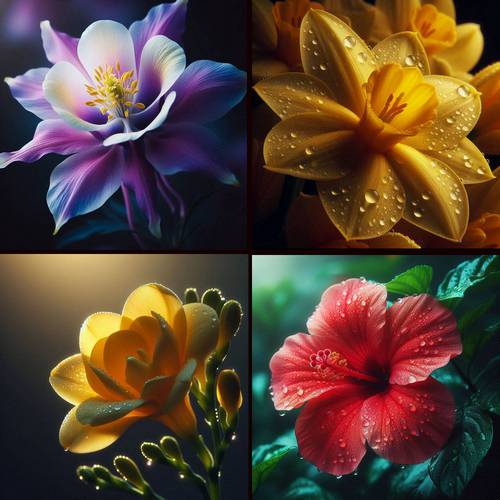Aconitum (Monkshood)
Allium
Alstroemeria
Amaryllis
Anemone
Aster
Azalea
Baby's Breath
Begonia
Bird of Paradise
Bluebell
Bougainvillea
Buttercup
Calla Lily
Carnation
Celosia
Chamomile
Chrysanthemum
Clematis
Columbine
Cosmos
Crocus
Dahlia
Daisy
Delphinium
Dianthus (Pink)
Echinacea (Coneflower)
Foxglove
Freesia
Gardenia
Geranium
Gladiolus
Gloriosa Lily
Gypsophila
Hibiscus
Hollyhock
Hyacinth
Hydrangea
Iris
Ivy
Jasmine
Jonquil
Allium
Alstroemeria
Amaryllis
Anemone
Aster
Azalea
Baby's Breath
Begonia
Bird of Paradise
Bluebell
Bougainvillea
Buttercup
Calla Lily
Carnation
Celosia
Chamomile
Chrysanthemum
Clematis
Columbine
Cosmos
Crocus
Dahlia
Daisy
Delphinium
Dianthus (Pink)
Echinacea (Coneflower)
Foxglove
Freesia
Gardenia
Geranium
Gladiolus
Gloriosa Lily
Gypsophila
Hibiscus
Hollyhock
Hyacinth
Hydrangea
Iris
Ivy
Jasmine
Jonquil
Kalanchoe
Lavender
Lily
Lily of the Valley
Lisianthus
Magnolia
Marigold
Morning Glory
Moutain Laurel
Nigella
Narcissus (Daffodil)
Nerine
Orchid
Pansy
Peony
Petunia
Phlox
Poppy
Primula (Primrose)
Proteas
Queen Anne's Lace
Ranunculus
Rhododendron
Rose
Rudbeckia (Black-eyed Susan)
Sagebrush
Salvia
Snapdragon
Snowdrop
Statice
Stock
Sunflower
Sweet Pea
Sweet William
Tulip
Ulex (Gorse)
Veronica
Violet
Water Lily
Wisteria
Wood Violet
Xerochrysum (Strawflower)
Yarrow
Zinnia
Lavender
Lily
Lily of the Valley
Lisianthus
Magnolia
Marigold
Morning Glory
Moutain Laurel
Nigella
Narcissus (Daffodil)
Nerine
Orchid
Pansy
Peony
Petunia
Phlox
Poppy
Primula (Primrose)
Proteas
Queen Anne's Lace
Ranunculus
Rhododendron
Rose
Rudbeckia (Black-eyed Susan)
Sagebrush
Salvia
Snapdragon
Snowdrop
Statice
Stock
Sunflower
Sweet Pea
Sweet William
Tulip
Ulex (Gorse)
Veronica
Violet
Water Lily
Wisteria
Wood Violet
Xerochrysum (Strawflower)
Yarrow
Zinnia
